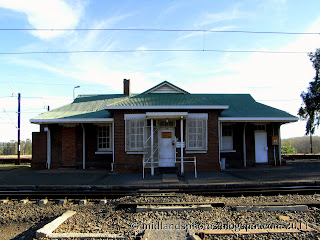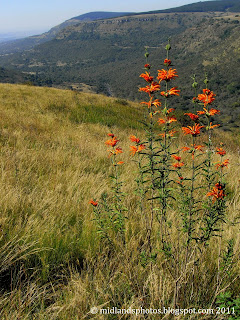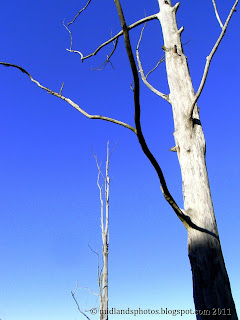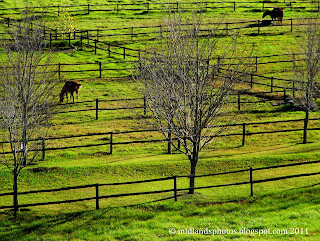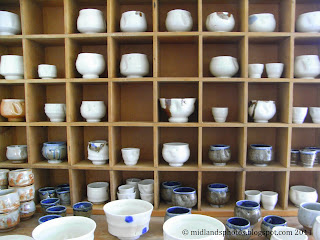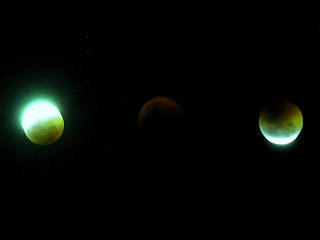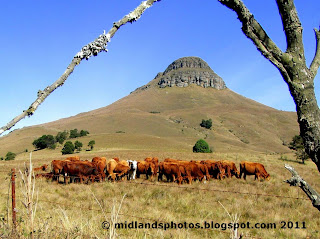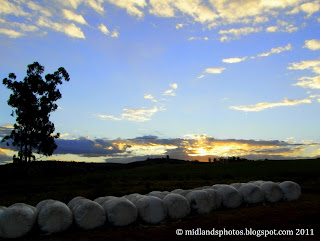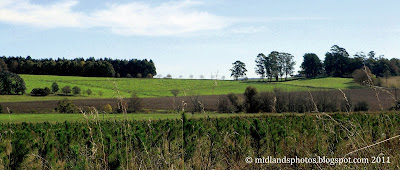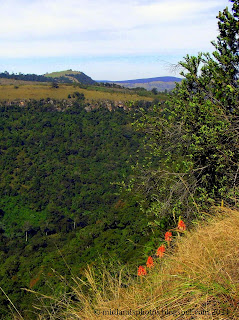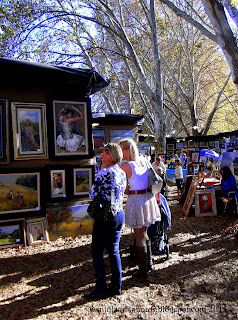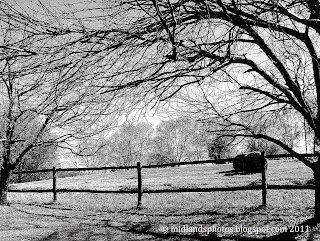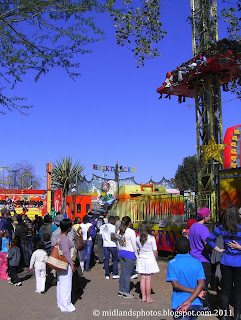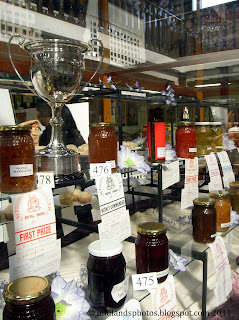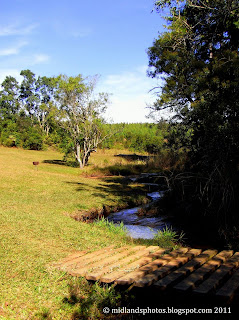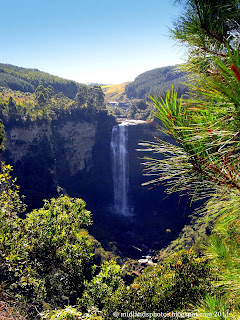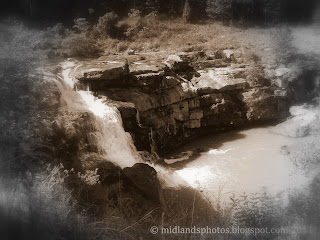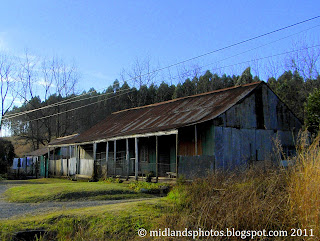 There is a tradition that seems to apply internationally that there is always an hotel across the road from most railway stations, and for this reason I always jokingly refer to this delightful rural shack dwelling across the road from the Lions River railway station as the Railway Hotel. Looking quite abandoned, I am reliably informed that it is occupied by a local Indian family, so I hope they don’t mind the intrusion of my taking a couple of shots of their home. Situated almost on the road (the old Durban to Johannesburg main road – now known as the R103) the occupants must have been delighted when the new national highway was opened and the incessant flow of traffic between cities moved away from their front door. The shack is typical of many early twentieth century wood and iron buildings in the country, with its traditional front veranda. I pass it most days now, and always wonder about its age and history. Obviously the inhabitants have little wealth, but the faded pastel colourings of the long unpainted corrugated iron walls and the sun bleached wooden flooring give it an appeal that I found impossible to pass by without recording its presence.
There is a tradition that seems to apply internationally that there is always an hotel across the road from most railway stations, and for this reason I always jokingly refer to this delightful rural shack dwelling across the road from the Lions River railway station as the Railway Hotel. Looking quite abandoned, I am reliably informed that it is occupied by a local Indian family, so I hope they don’t mind the intrusion of my taking a couple of shots of their home. Situated almost on the road (the old Durban to Johannesburg main road – now known as the R103) the occupants must have been delighted when the new national highway was opened and the incessant flow of traffic between cities moved away from their front door. The shack is typical of many early twentieth century wood and iron buildings in the country, with its traditional front veranda. I pass it most days now, and always wonder about its age and history. Obviously the inhabitants have little wealth, but the faded pastel colourings of the long unpainted corrugated iron walls and the sun bleached wooden flooring give it an appeal that I found impossible to pass by without recording its presence.Old buildings make immensely photogenic subjects, and I think this one shows that it’s not only the grand design of exceptional architecture that deserves photo recording. Tomorrow I’ll post a close up of the veranda.
